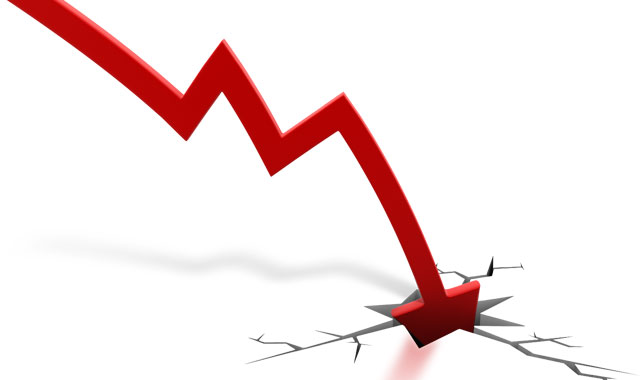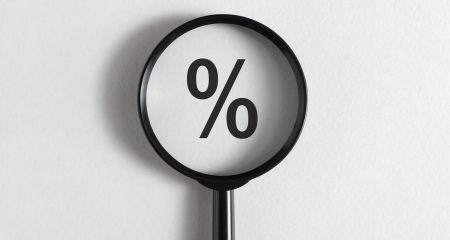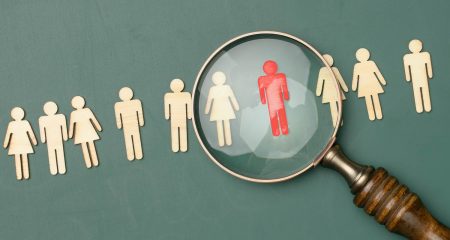
South Africa recorded a negative growth rate of -1,2% in the first quarter of 2016, according to the latest figures released by Stats SA on Wednesday.
Statistician general Pali Lehohla announced the official GDP in Pretoria on Wednesday, and cited the mining and quarrying industries, as well as the transport, storage and communication sectors as the main contributors towards the negative number.
“We can’t say we’re heading for a recession,” Lehohla said in response to a question. “That we don’t know.”
Lehohla acknowledged that South Africa’s GDP was a far cry from the National Development Plan’s mooted 5%. “We’re not an inch close to that. But who knows? Tomorrow we could be 6%.”
On the production side of GDP, mining and quarrying fell to -18,1%, by and large due to lower production of platinum and iron ore. Asked why the weaker rand didn’t boost mining output, Lehohla said the reality was that the global demand for the goods that South Africa was producing was flat.
Had mining and quarrying been omitted from the calculations, the growth rate would have looked marginally better at 0,5%.
The agriculture, forestry and fishing industries produced the second lowest overall figure at -6,5%, having been in a decline for five consecutive quarters, while electricity, gas and water fell to -2,8%.
The strongest performers in the first quarter were the finance, real estate and business services, which increased by 1,9%.
A number of economists predicted that the growth rate would venture into negative territory, as agriculture and mining had already been in a recession. There are expectations though that the economy could improve slightly in the second half of 2016.

It’s the third time since 2014 that GDP ventured into negative territory. In the first quarter of 2014, GDP fell to -1,6%, but recovered in the following months. In the second quarter of 2015 it again declined to -2%.
The announcement of Wednesday’s GDP figures heralded in a new era — for the first time since the 1940s, the calculation of the GDP figures is falling entirely under the auspices of Statistics South Africa.
Previously, the Reserve Bank was responsible for the expenditure side of the GDP figures, while Stats SA analysed the production figures. The most recent announcement reflects an integrated figure.
As for the expenditure side of GDP (a figure that previously fell under the auspices of the Reserve Bank), household final consumption expenditure decreased by 1,3% in the first quarter with spending on transport as the biggest contributor towards the decline.
Expenditure on GDP also went down by 0,7%, while gross fixed capital formation fell by 6%.




